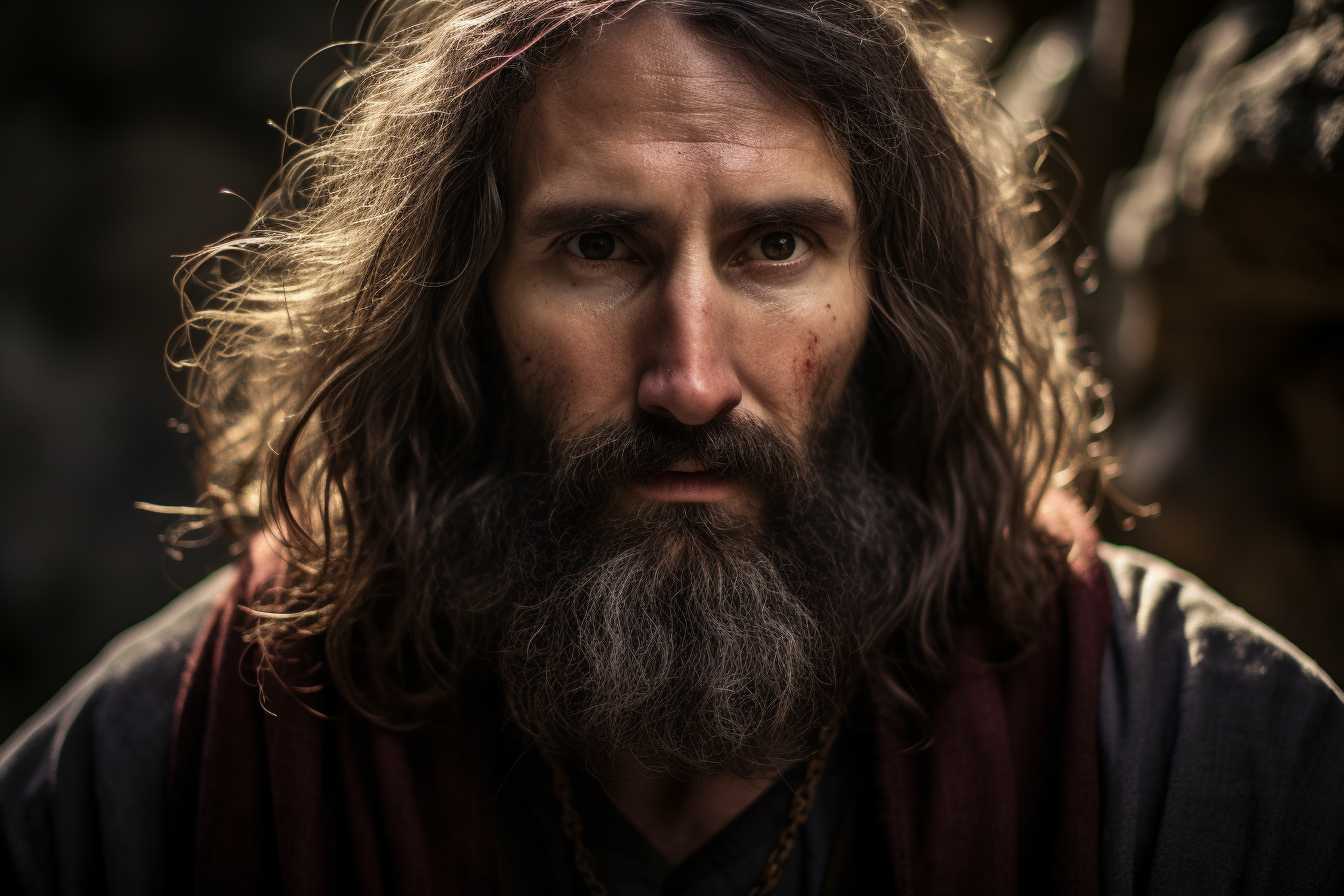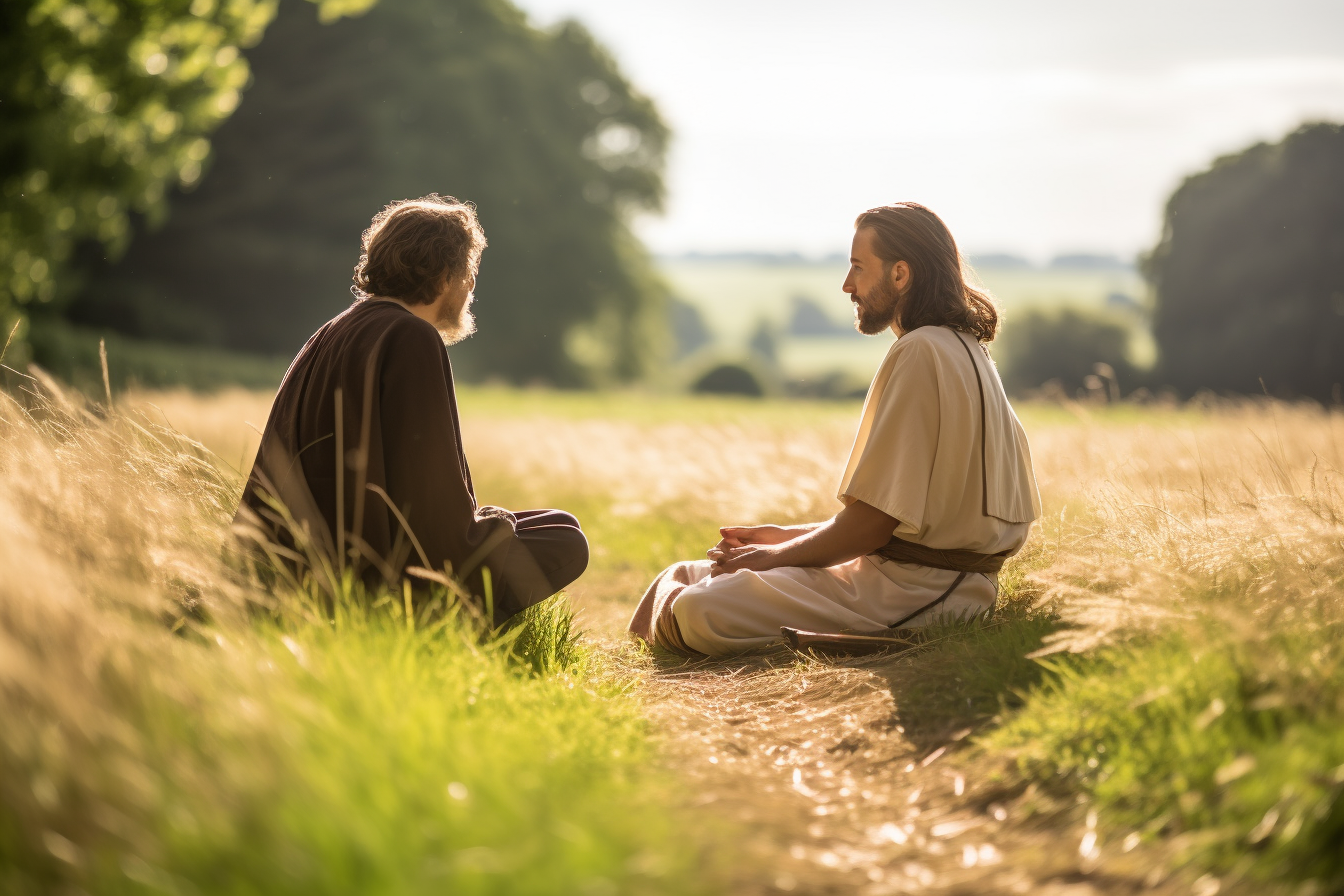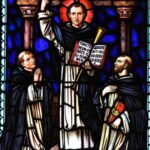
St. James the Greater
St. James the Greater
When They Lived
Saint James the Greater, also known as James, son of Zebedee, is believed to have lived during the 1st century AD. His exact birth and death dates are not definitively known, but he is generally thought to have been born around 1-6 AD and died around 44-48 AD.
Where They Lived
Saint James the Greater lived in Galilee, a region in ancient Palestine. He was born in the fishing village of Bethsaida and later resided in Capernaum.
Notable World Events During Their Time
- The Roman Empire’s Expansion: During Saint James the Greater’s lifetime, the Roman Empire continued its expansion and consolidation of power, leading to significant political and cultural changes across Europe, the Mediterranean, and parts of Asia.
- The Crucifixion of Jesus Christ: Saint James was one of the twelve apostles of Jesus Christ and witnessed the crucifixion and resurrection of Jesus, which had profound spiritual and religious implications for the emerging Christian faith.
- Great Fire of Rome (64 AD): A devastating fire swept through the city of Rome during the reign of Emperor Nero. The fire’s aftermath led to significant urban planning changes and accusations against Christians for causing the fire, resulting in persecutions.
- Martyrdom of Stephen: Saint Stephen, one of the early Christian deacons, was stoned to death for his faith in Jerusalem. This event marked one of the earliest recorded instances of Christian martyrdom.
- Boudica’s Revolt (60-61 AD): In Roman Britain, the Iceni tribe, led by Queen Boudica, revolted against Roman rule. The rebellion had socio-political implications for the region and highlighted the complexities of Roman colonization.
- Hellenistic and Jewish Influences: The blending of Hellenistic culture and Jewish traditions during this time influenced the philosophical, religious, and cultural landscapes of the Mediterranean world.
- Ptolemaic Legacy in Egypt: Although the Ptolemaic dynasty had ended with the death of Cleopatra in 30 BC, the impact of Greek culture and administration in Egypt still left its mark on the region during Saint James the Greater’s lifetime.
Patronage
Saint James the Greater is the patron saint of various groups and causes, including pilgrims, laborers, equestrians, and veterinarians. He is particularly venerated as the patron saint of Spain, where the famous pilgrimage route known as the Camino de Santiago attracts thousands of pilgrims each year to his shrine in Santiago de Compostela. The Camino holds historical, spiritual, and cultural significance, drawing people from all walks of life to embark on this transformative journey.
Little Details of James the Greater
Nothing is known about the early life of St. James the Greater. However, it was already established that he was one of the Apostles of Jesus Christ. He was thought to be the cousin of Jesus Himself, as the son of the Blessed Virgin Mary’s sister and the brother of Jude Thaddeus. He was a fisherman with his brother John, Zebedee, their father, and their partner, Simon. John and James were followers of John the Baptist. Later on, they became disciples of Jesus.
One of Jesus’ Close apostles
In the Gospels, James, along with his brother John, were called by Jesus (see Matthew 4:18–22; Mark 1:19–20; Luke 5:1–11). They left their work as fishermen and became “fishers of men”. James, John, and Peter were present at Jesus’ events recorded in the Gospels, such as:
- Healing of Jairus’ daughter: “He did not allow anyone to accompany him inside except Peter, James, and John, the brother of James. When they arrived at the house of the synagogue official, he caught sight of a commotion with people weeping and wailing loudly. So he went in and said to them, “Why this commotion and weeping? The child is not dead but asleep.” And they ridiculed him. Then he put them all out. He took along the child’s father and mother and those who were with him and entered the room where the child was. He took the child by the hand and said to her, ‘Talitha koum,’ which means, ‘Little girl, I say to you, arise!’ The girl, a child of twelve, arose immediately and walked around.” (Mark 5:37-42)
- The transfiguration: “After six days, Jesus took Peter, James, and John his brother and led them up a high mountain by themselves. And he was transfigured before them; his face shone like the sun, and his clothes became white as light.” (Matthew 17:1-2)
- and His agony in the Garden of Gethsemane: “Then they came to a place named Gethsemane, and he said to his disciples, ‘Sit here while I pray.’ He took with him Peter, James, and John and began to be troubled and distressed. Then he said to them, ‘My soul is sorrowful even to death. Remain here and keep watch.’” (Mark 14:32-34)

Jesus called the two brothers James and John Boanerges,” which means “sons of thunder” (see Mark 3:17). This was because they sometimes lost their tempers. On their journey, the people of a village turned them away. Upset with this, James and John grew angry that the villagers would not welcome Jesus. They asked Jesus if He wanted to call down fire to destroy the place. Jesus had to correct them.
James’ Mission and Martyrdom
After the crucifixion and resurrection of Jesus Christ, James made a pilgrimage to the Iberian Peninsula to proclaim the Gospel. However, when he returned to Judea, he was arrested. In the year 44, he was beheaded by King Herod Agrippa I. His execution was detailed in Acts of the Apostles (chapter 12:1-3): “About that time, King Herod laid hands upon some members of the church to harm them. He had James, the brother of John, killed by the sword, and when he saw that this was pleasing to the Jews, he proceeded to arrest Peter also.”
According to tradition, as he was not allowed to be buried following his martyrdom, James’ remains were transported to the Iberian Peninsula (modern-day Galicia) and were said to be buried in Compostela, Spain, by some of his followers. His remains were discovered and moved to a tomb in the ninth century. Today, his relics are found in the Cathedral of Santiago. Because Santiago de Compostela is the most frequently visited place pilgrims migrate to after Rome and Jerusalem, Pope Leo declared it a shrine. His feast day is July 25.
Five Interesting Facts About St. James the Greater
- St. James the Greater was the first Apostle to be martyred.
- St. James the Greater was called “the Greater” because he was either older or taller than the other apostle named James, son of Alphaeus.
- St. James the Greater is the patron saint of pilgrims, laborers, rheumatism, several Latin American countries, and Spain.
- In Christian art, St. James the Greater is represented in the garb of a pilgrim, with a staff, gourd, and scallop shell.
- St. James the Greater is often also depicted riding a white horse into battle. According to legend, during the battle of Clavijo, he suddenly appeared on a white horse, waving aloft a white standard, and leading the Christians to victory.
Prayer to St. James the Greater
Almighty, ever-living God, who consecrated the first fruits of your Apostles by the blood of Saint James, grant, we pray, that your Church may be strengthened by his confession of faith and constantly sustained by his protection. Through our Lord Jesus Christ, your Son, who lives and reigns with you in the unity of the Holy Spirit, one God, for ever and ever Amen.



